50+ Sample Letter for Employment Templates
-

Sample Letter Offering the Job
download now -

Sample Letter of Offer
download now -

Letter Confirmation of Job Offer
download now -
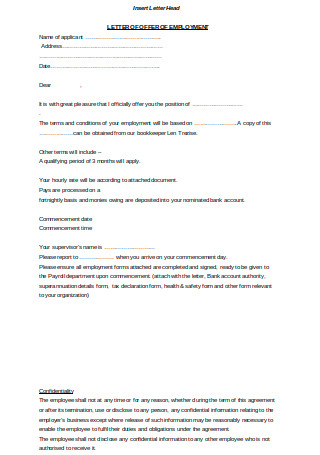
Letter of Offer of Employment
download now -
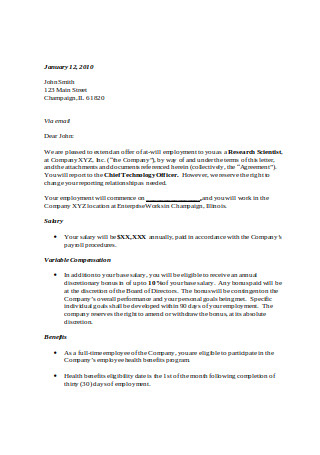
Employment Offer Letter Example
download now -
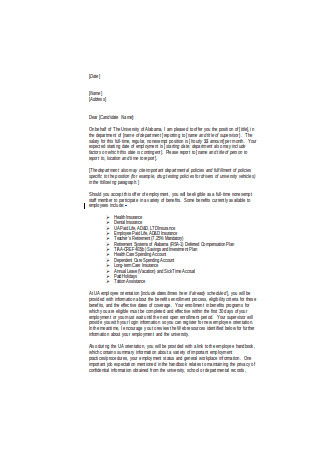
Basic Employment Letter
download now -
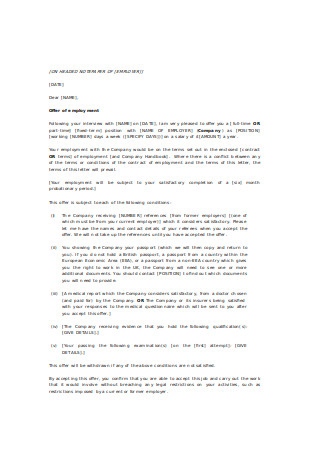
Offer of Employment Letter
download now -
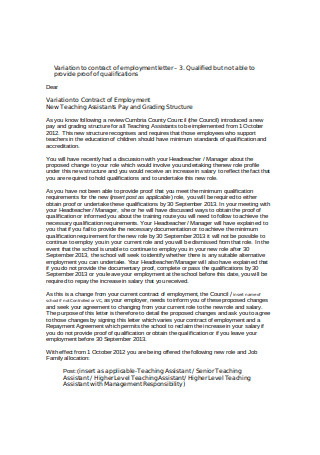
Standard Employment Letter
download now -
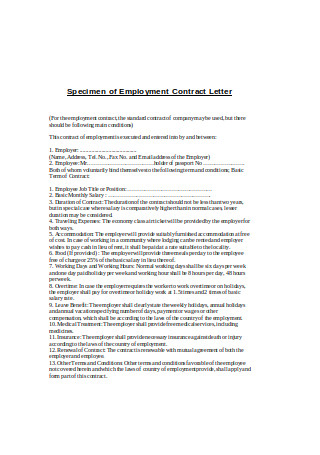
Specimen of Employment Contract Letter
download now -

Sample Employment of Letter
download now -
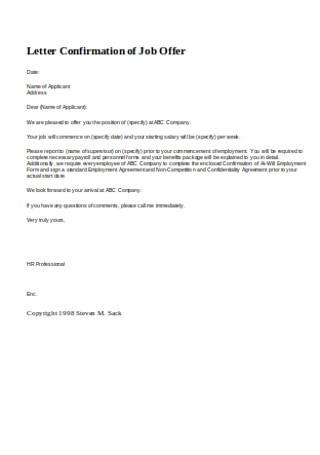
Letter of Job Offer
download now -
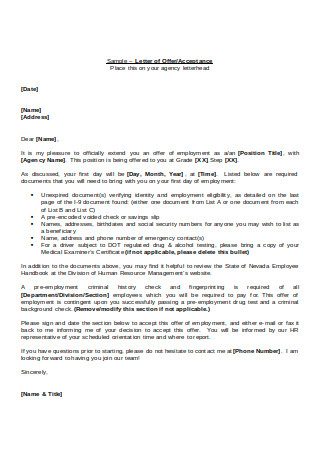
Sample Letter of Offer/Acceptance
download now -
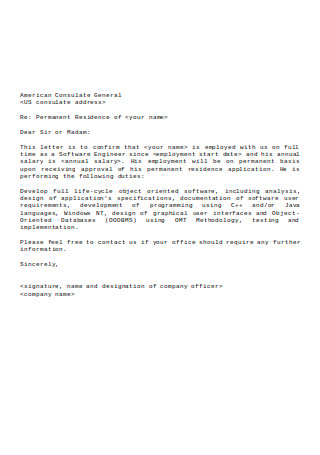
Sample Employment Letter for Consular
download now -

Employment Offer Letter Example
download now -
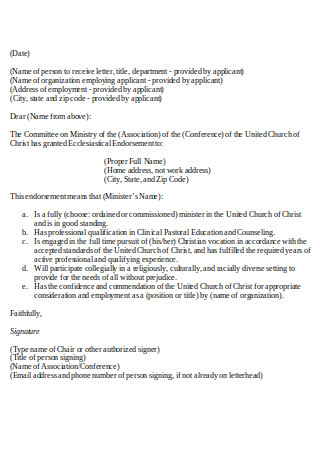
Letter of Endorsement For Employment
download now -
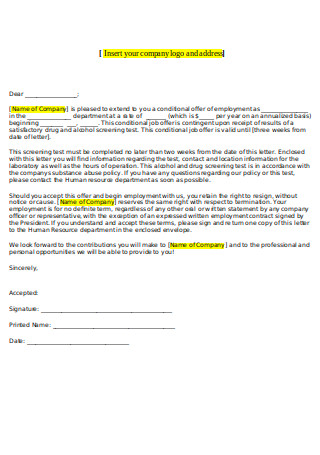
Job Offer Letter
download now -
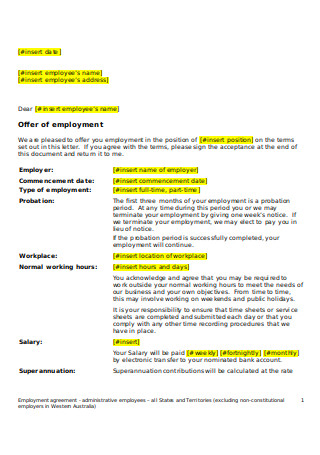
Letter of Appointment
download now -
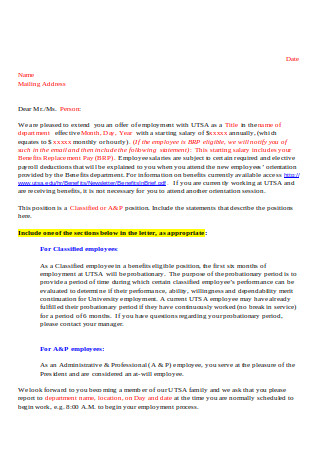
Employment Offer Letter in Word
download now -
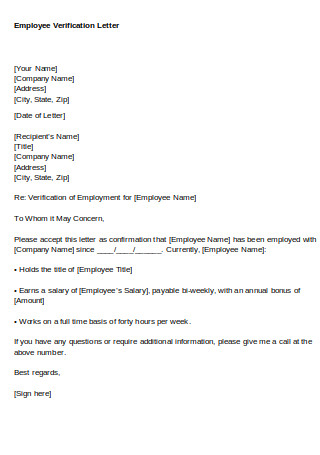
Employee Verification Letter
download now -
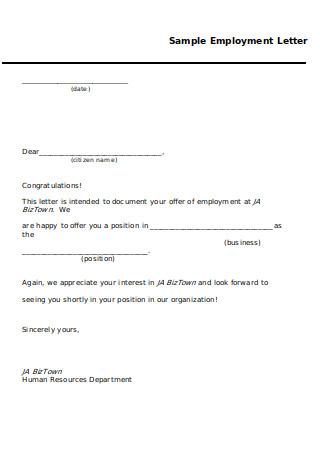
Sample Employment Letter Template
download now -
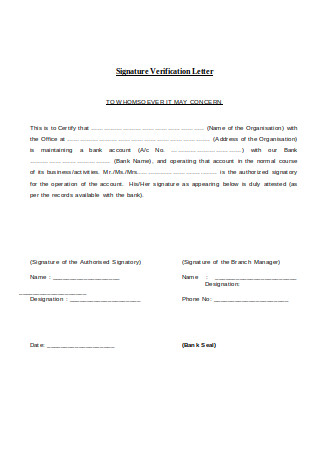
Signature Verification Letter
download now -
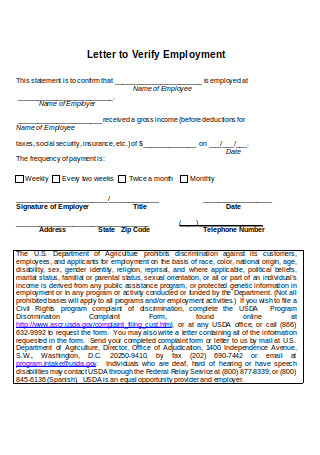
Letter to Verify Employment
download now -

Sample Job Offer Letter
download now -
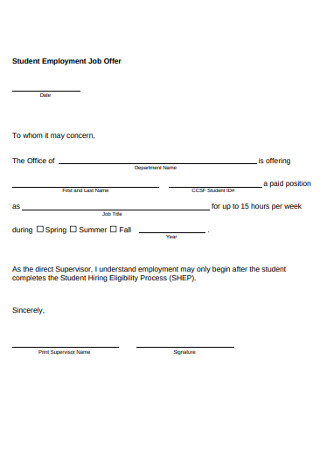
Student Employment Job Letter
download now -
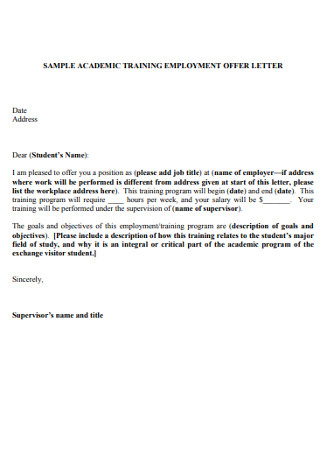
Academic Training Job Offer letter
download now -
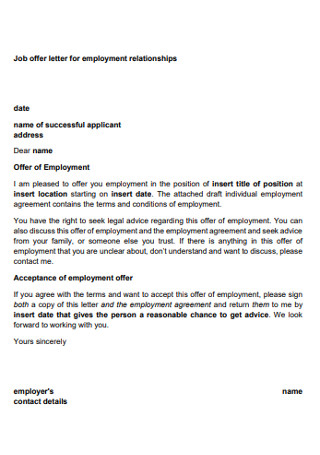
Job offer Letter for Employment
download now -
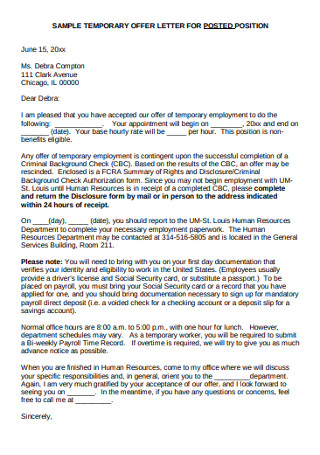
Temporary Job Offer Letter
download now -
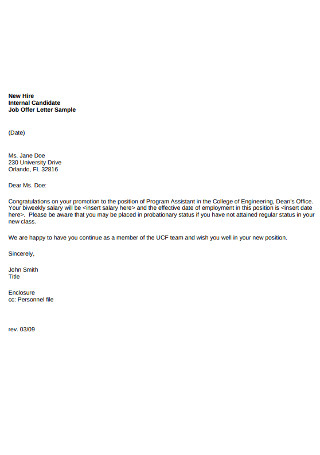
Internal Candidate Job Offer Letter
download now -
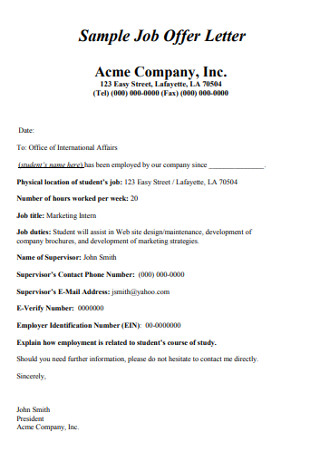
Sample Job Offer Letter
download now -
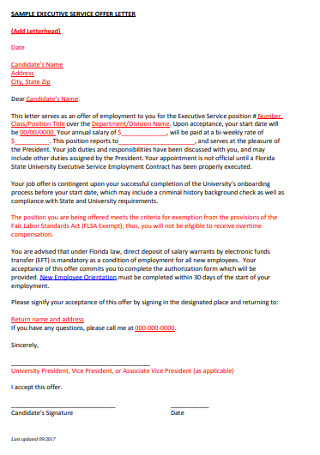
Sample Executive job Offer Letter
download now -
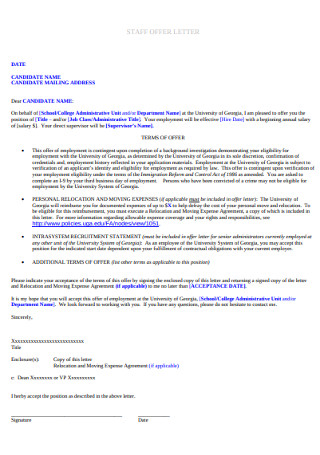
Staff Job Offer Letter
download now -

Acceptance of Job Offer Letter
download now -
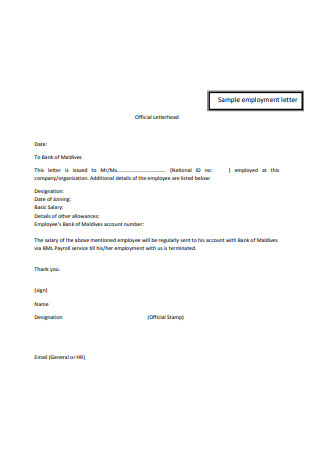
Employment Letter Format
download now -
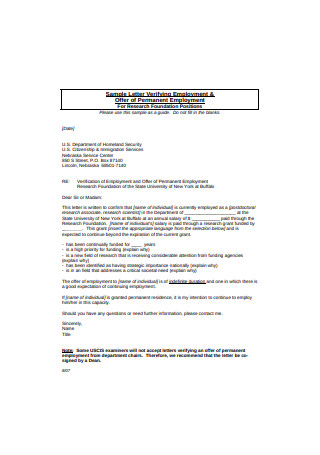
Letter of Verifying Employment
download now -

Printable Letter of Employment
download now -
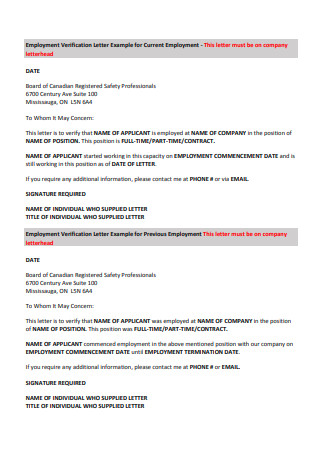
Employment Verification Letter for Current Employment
download now -

Standard Employment Verification Letter
download now -
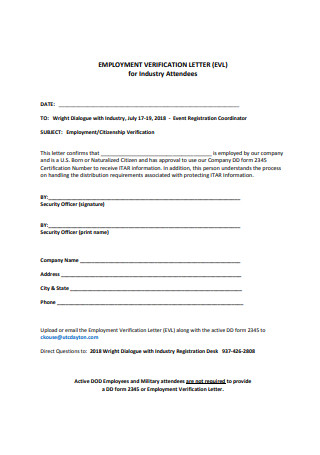
Basic Employment Verification Letter
download now -
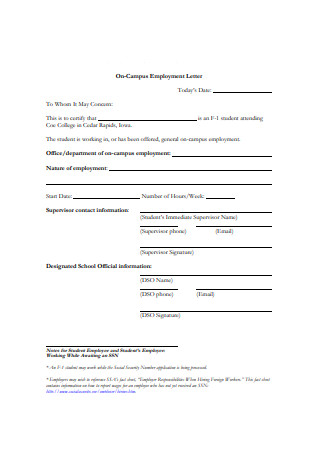
On-Campus Employment Letter
download now -
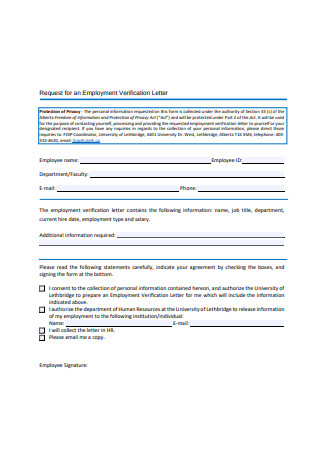
Request for Employment Verification Letter
download now -
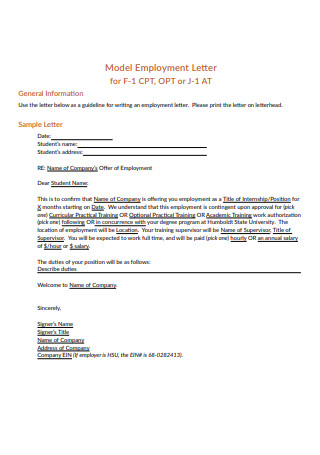
Model Employment Letter
download now -
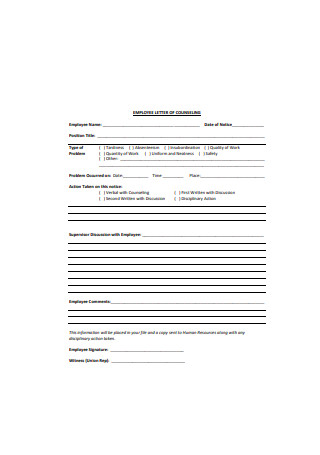
Employment Letter of Counselling
download now -
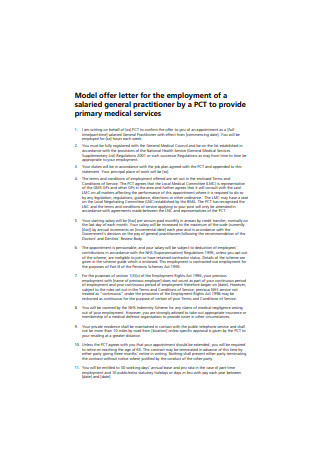
Model Offer Letter for Employment
download now -
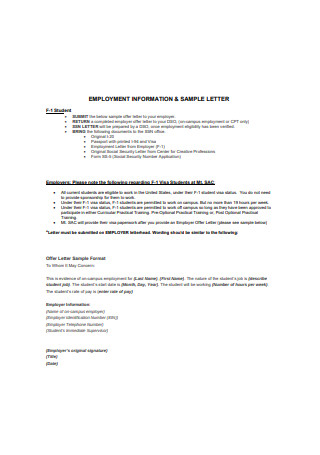
Employment Information Letter
download now -

Employment Offer Letter Sample
download now -

Request for Employment Letter
download now -
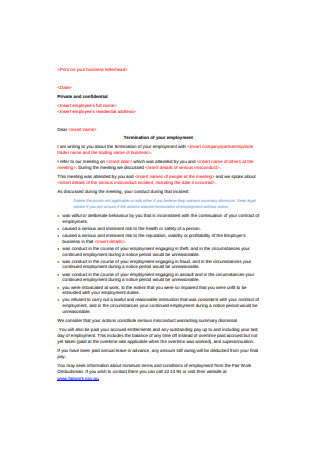
Letter of Termination of Employment
download now -
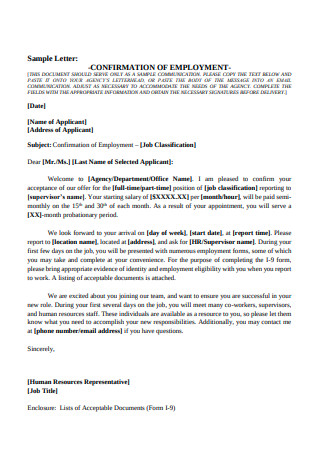
Sample Letter of Employment Confirmation
download now -
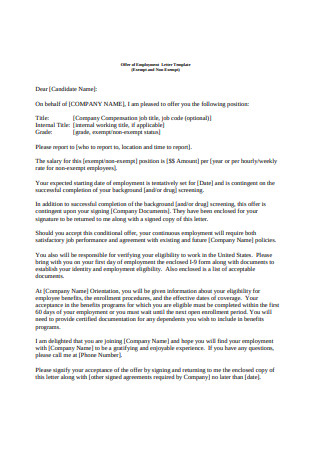
Sample Offer of Employment Letter
download now -

Sample Employment Verification Letter
download now -
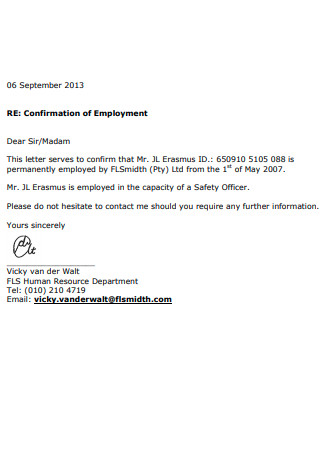
Email Confirmation of Employment
download now
What Is a Letter of Employment?
A letter of employment, also known as a job offer letter, is a confirmation letter that you send to an applicant after he has passed the entire application process. It is here that you indicate their start date, work schedule, job compensation, and other benefits. However, a job offer letter is not legally binding. Before an applicant gets officially employed, he needs to sign an employment contract with the employer first. What’s in the job offer letter is only the tip of the iceberg. An employment contract contains all the tedious details of your employee’s job, clauses that he is bound to, breakdown of the salary/compensation package, etc. Offering employment, though, is only the end-stage of the application process. Let’s try to break down, first, the things that you need to do before extending that job offer.
Are There Additional Steps I Need to Take Before a Job Offer?
When you find the perfect match for your job opening, don’t you just want to skip the whole process and happily give him the job offer? It’s a tedious process that we, employers, would be so happy to do without when facing the right candidate. According to Statista, the average time for businesses to hire applicants is 35 days (over one month). Therefore, it’s no surprise that you’d want to jump the gun and start the employee right away. But you might want to hold on to that acceptance letter first. There are two crucial things that you need to conduct before presenting a job offer: a background check and a reference check. A background check does not only verify your applicant’s employment history, but it also allows you to find out if this employee was terminated due to some infractions. It’s not that you are nit-picking on your applicant’s flaws. It enables you to identify patterns on your applicant’s behavior–something that you don’t see in a resume or cover letter. Your employees are the face of your company, so you need to make sure to protect that image with your existing and prospective clients. You don’t want to end up with an excellent but abusive employee.
High employee retention rate is a crucial indicator of a company’s performance. If you unluckily end up with bad hires, that would affect your company’s employee retention rate. It would also consume your company’s resources. So you need to be careful in selecting your employees. Let’s say you hired an overperforming employee. His work is exemplary, but he has a severe attitude problem that you have failed to identify since you skipped the reference check. That would be detrimental to the positive work environment that you are trying to cultivate.
Background Check Vs. Reference Check
We keep on saying that you have to conduct two things first before employing someone. But what is the difference between a background check and a reference check?
A background check is something that you do to verify an applicant’s employment and academic history. If the job requires extensive knowledge of a particular field, you want to make sure that the applicant is qualified for the job that he is applying for. You’d also want to find out if the applicant has the work experience required for the job. For example, if you’re going to hire a senior accountant, you need to make sure that he has already worked for 3 or 5 years at a different company as an accountant. You wouldn’t want to hire an entry-level applicant for a job that requires managing a lot of people. To summarize, a background check refers to the investigation you conduct on what the applicant has written in his resume.
If the background check focuses on the technicalities of one’s resume, the reference check, on the other hand, focuses on the work behavior of the applicant. Through the references indicated in the resume, you can confirm your applicant’s work ethics–if he fits in the culture that you are trying to promote if he had committed any infractions in the past, etc. Sometimes, even if his application came with a recommendation letter, it is still better to conduct a background check for verification purposes.
How Long Should I Wait For the Applicant’s Response?
If you have already done your background and reference checks, then you are now ready to get your applicant on board. You can start drafting your letter or download our sample formats and send them to your prospective employee. It’s okay if you don’t hear from them immediately. An applicant who immediately jumps at every opportunity presented does not bode well for your company’s retention rate. It’s possible that once you already employ him if another opportunity arises at another company, he’d immediately pounce on it. However, if you wait too long for a response, you might miss your chance to interview someone more qualified. Therefore, try to indicate an expiration date to your letter of employment to make the response more timely and appropriate.
According to Liz Ryan of Forbes, the ideal timeframe for an offer expiration date is two weeks after receipt of the offer. That way, your applicant has more time to decide on whether he wants to work for your company or not. After all, if he’d be working there permanently, the needs to make sure his values align with your company’s. He might be looking for a job, but once he gets one, his whole life would pivot around it.
Just like rushing boiling an egg, if you try to rush your applicant’s decision, you’d only end up with a half-hearted employee who is only too eager to get a job because there is an opening. Give them time to mull it over, and if they really want it, they’ll come up with the decision themselves without you having to shove it down their throats.
Five Types of Letter of Employment
Just when we thought there’s only one type of letter of employment, who knew there are actually five? A job offer letter expresses your interest in recruiting the said applicant in your company. Although a job letter serves one purpose, each falls under different categories. Let’s take a look at the said types:
Now that we have covered the types of letters of employment, we are now ready to start writing that job offer letter. What are the things that you have to include in a job offer letter?
How to Write a Letter of Employment
Job offer letters function like an announcement to your applicant in a sense that you are letting them know that they got the job. You can deliver the good news in any way you’d like, but if you’d like a letter of employment that covers all that’s necessary for a job offer, you can download our letter of employment templates. You can also check this guide on how to write a letter of employment.
Step 1. Introduce the Job Title
Though your applicant has already applied for the position, you’d want to indicate their specific job title at the beginning of your letter. The job title provides a simple explanation regarding your employee’s job role.
Step 2. Indicate the Job Details and the Start Date
In the second paragraph, along with the job title, describe the position that you are offering. Try to explain the role as much as possible in one brief sentence. You also have to emphasize the day and time that they will be reporting for their first day of work.
Step 3. Include the Salary Package and Benefits
The compensation and benefits are two of the essential parts of any job letter. Here is where you let them know how much they’ll be getting as compensation, the timing of the pay (weekly, bi-weekly, or monthly), their leave credits, and insurance coverage.
Step 4. Give Instructions on How to Accept the Offer
In the last paragraph, it’s important to tell your prospective applicant that if they acknowledge the offer, then they need to sign the document and return it to you. It serves as a confirmation of their employment. You also have to include an expiration date of the offer to make the response more timely.
Drafting a letter of employment is as hard as you think. For as long as you know what the basics are or what entails the job, then you should be able to draft one quickly. The fact that a letter of employment is not legally binding also allows you to have a creative approach to announcing the offer, like sending an email. You can also add your company letterhead to make it appear more formal or uniform.
Though it may sound like a menial task to someone, someone else is looking forward to receiving it. So go ahead and send it. It might just make someone else’s day.
